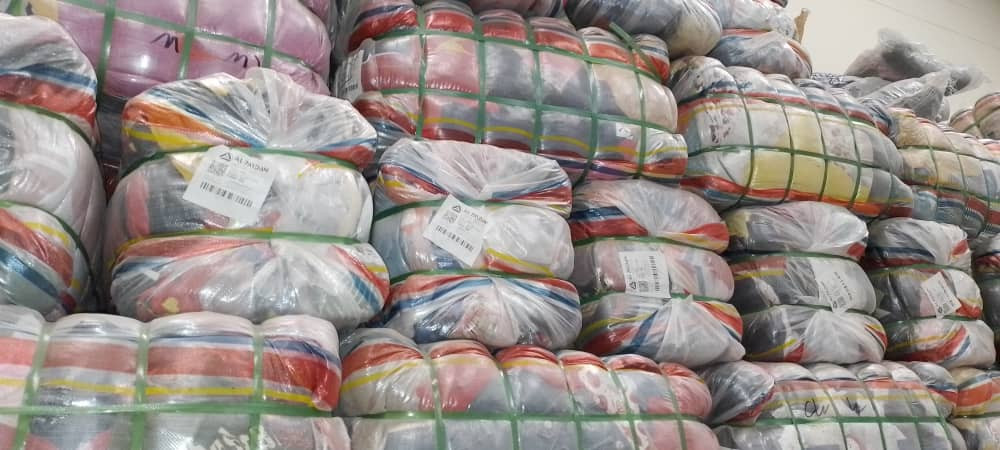In an economy where creativity and resilience are worth more than degrees, the mtumba business—the trade of secondhand clothes—stands out as one of the most accessible and profitable ventures for aspiring entrepreneurs across East Africa. While often underestimated, mtumba has quietly built empires, paid school fees, bought land, and transformed women and youth into business owners with financial independence.
If you’re thinking about getting into the mtumba business, this guide will walk you through the essential steps—from sourcing your first bale to creating consistent profit.
Why Mtumba Is Still Big Business
- Affordable capital: You don’t need millions to start. You can begin with as little as Ksh 5,000–15,000.
- High demand: Quality secondhand clothing is still widely preferred over local or imported fast fashion due to price and uniqueness.
- Fast cash flow: Items sell quickly, especially if you master display, customer targeting, and consistency.
- Scalable: Start small, grow to a shop, expand into stalls, and even begin importing your own bales one day.
Step 1: Choose Your Niche
Before jumping in, decide what category you’re focusing on. Specializing helps you attract loyal clients and buy smarter stock.
Popular niches include:
- Ladies’ tops & jeans
- Men’s shirts & jackets
- Baby clothes
- Bras, shoes, handbags
- Bedsheets or curtains
- Vintage/thrift designer picks
💡 Tip: Ladies’ fashion sells fast and consistently. But niche markets like baby clothes and handbags also offer high profit margins.
Step 2: Source Your Bales Carefully
Where you buy matters. Quality bales = high profits.
You can buy:
- Full bales (starting from Ksh 15,000–35,000)
- Half bales or quarter bales (for beginners with lower capital)
Reputable suppliers are based in:
- Gikomba Market (Nairobi)
- Kikomba (Kisumu)
- Kongowea (Mombasa)
Do your research:
- Ask around for trusted suppliers
- Check if they allow you to inspect before buying
- Choose the country of origin carefully (UK, Canada, or Korea bales tend to have higher quality than China or Dubai)
Step 3: Start Small, Sell Smart
If you’re just starting out:
- Open and sort the bale yourself
- Separate into “camera” (best), good, and okay pieces
- Sell the premium ones at a higher price to recover your capital fast
- The rest can be discounted, bundled, or even used as offers
Sell through:
- WhatsApp status & DMs
- Facebook & Instagram marketplace
- Local market stalls or roadside setups
- Hawking in offices, salons, estates
💡 Use your phone camera well—clean backgrounds, good lighting, and model photos can boost your online sales dramatically.
Step 4: Build Trust & Repeat Customers
Customers want:
- Neat, clean clothes
- Consistent quality
- Good prices
- Friendly service
Keep your word. Post regularly. Package your clothes neatly—even if you’re hawking. Word-of-mouth and referrals are everything.
You can also:
- Offer delivery via rider or courier
- Allow Mpesa payments
- Create a name and Instagram page for your brand
Step 5: Grow with Intention
Once you’ve mastered the flow:
- Move from hawking to a stall or shop
- Start opening more bales and specialize more
- Consider rebranding to a boutique-style thrift store
- Track your sales, profit, and top sellers
- Later, explore importing your own bales for control over quality and costs
Final Thoughts: The Mtumba Business Is Real Business
Many people look down on mtumba traders—until they see the land they buy, the cars they drive, or the school fees they clear with no debts.
This is not a hustle. It’s a business. With the right mindset, consistency, and a sharp eye for quality, mtumba can be your path to financial independence—and even long-term wealth.
